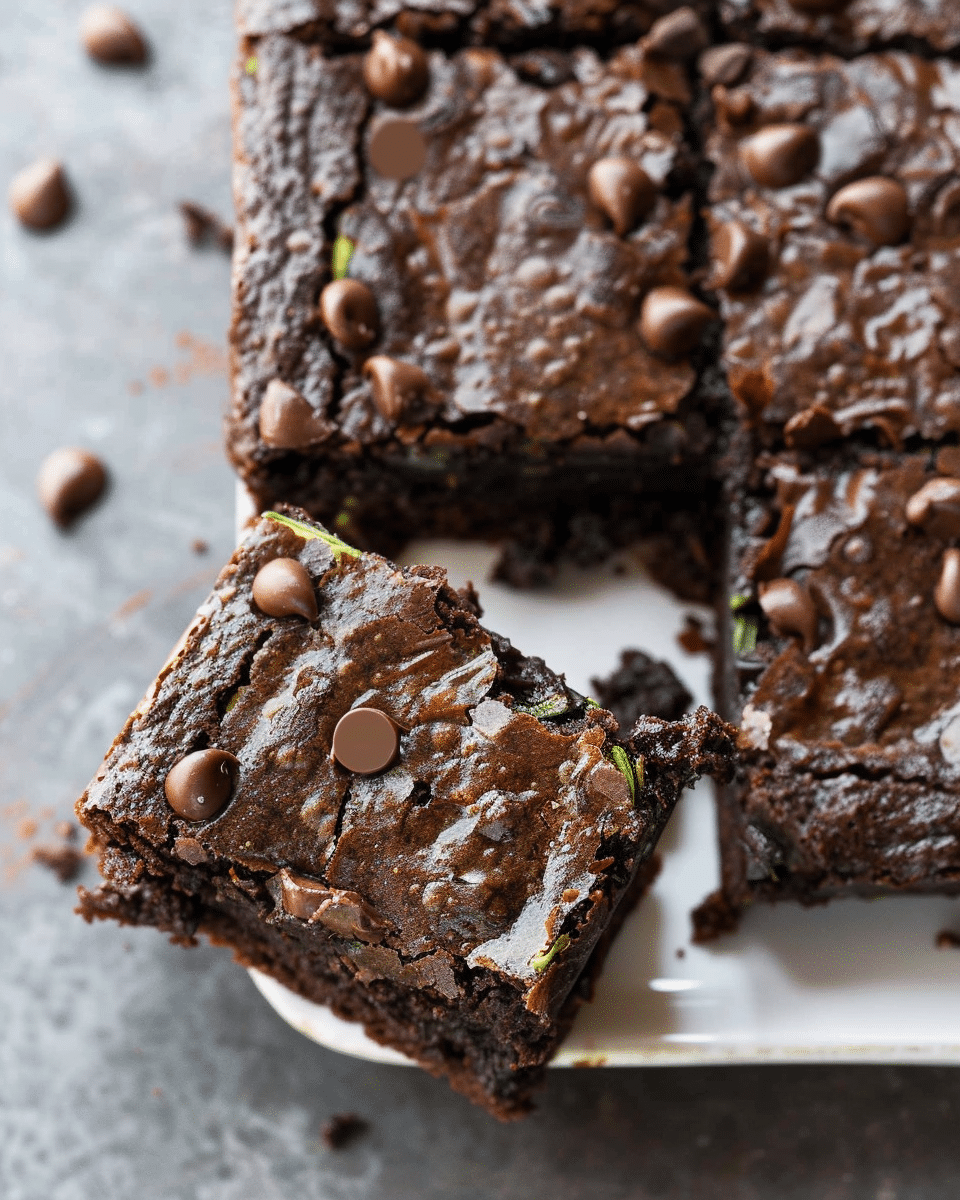Cacio e Pepe is a classic Roman dish that translates to “cheese and pepper.” It’s made with Pecorino Romano cheese, black pepper, and pasta. Despite its simple ingredients, achieving Cacio e Pepe perfection is a culinary challenge. Let’s delve into the reasons why mastering this dish is so hard.
The Complexity Behind Simplicity
In the world of culinary arts, simplicity often belies complexity. This paradox is vividly illustrated in the preparation of the classic Roman dish, Cacio e Pepe. At first glance, the dish, with its minimal ingredients – pasta, Pecorino Romano cheese, and black pepper – epitomizes simplicity. However, the execution of Cacio e Pepe is a delicate ballet of timing, temperature, and technique.
The Intricacy of Ingredients
Proportionality is the cornerstone of Cacio e Pepe. The dish demands a precise balance of its three key ingredients. An excess or deficit of one element can disrupt the harmony of flavors and textures, turning a potential masterpiece into a culinary misstep. The quality of ingredients further amplifies this complexity. The use of freshly grated Pecorino Romano cheese is non-negotiable, as pre-packaged versions often contain additives that can adversely affect the sauce’s consistency.
The Subtlety of Technique
Beyond ingredients, the technique employed in Cacio e Pepe’s preparation holds its own set of challenges. The pasta must be cooked to al dente perfection, providing a firm, toothsome base for the rich, creamy sauce. The process of combining the pasta with the cheese and pepper is a study in finesse. The pasta water, rich in starch, must be meticulously mixed with the cheese to create a smooth, emulsified sauce that clings to each strand of pasta, delivering a burst of flavor in every bite.
The Challenge of Consistency
Consistency is the final frontier in the complexity behind Cacio e Pepe. Achieving a consistently smooth and creamy sauce, where the cheese is perfectly melted, and the pepper is evenly distributed, is a task easier said than done. The dish leaves no room for error, with each misstep glaringly evident in the final product.
In essence, the complexity behind the simplicity of Cacio e Pepe lies in the precision, care, and attention to detail required in its preparation. It is a dish that celebrates the beauty of minimalism while challenging the culinary skills of those who dare to tackle it. The result, when executed flawlessly, is a sublime dining experience that transcends its humble ingredients, offering a taste of Rome in every bite.
Achieving Cacio e Pepe Perfection: The Technique
The technique involved in creating the perfect Cacio e Pepe is a delicate and intricate process that requires attention to detail, timing, and precision. Let’s delve into the various aspects of the technique that contribute to the perfection of this classic Roman dish.
Cooking the Pasta
The first and foremost step in the technique is cooking the pasta. It is crucial to cook the pasta al dente, ensuring it retains a slight bite. This texture not only enhances the eating experience but also ensures the pasta holds up to the sauce without becoming mushy. The pasta water, rich in starch, is reserved as it plays a significant role in forming the sauce.
Forming the Sauce
Forming the sauce is the next critical step in the technique. The reserved pasta water is gradually added to the grated Pecorino Romano cheese, and the mixture is stirred continuously to create a smooth, creamy sauce. The starch from the pasta water helps in emulsifying the sauce, ensuring it has the perfect consistency to coat the pasta evenly.
Adding the Pepper
Incorporating the black pepper is another essential aspect of the technique. The pepper should be freshly ground to release its aromatic oils and robust flavor. It is evenly sprinkled over the pasta and sauce, ensuring each bite has the warmth and spice that characterize Cacio e Pepe.
Combining Pasta and Sauce
The final step in the technique is combining the pasta and sauce. The cooked pasta is added to the sauce, and the mixture is tossed gently to ensure each strand of pasta is evenly coated with the creamy, pepper-infused sauce. This step is vital for ensuring the flavors meld together, creating a harmonious and flavorful dish.
Common Mistakes
When preparing Cacio e Pepe, a seemingly simple dish, there are numerous pitfalls that can compromise the final result. Understanding these common mistakes is the first step towards avoiding them and mastering the art of making the perfect Cacio e Pepe.
Using the Wrong Cheese
One of the most common mistakes is using the wrong type of cheese. Cacio e Pepe traditionally uses Pecorino Romano, a salty and tangy cheese. Learn more about Pecorino Romano and its unique characteristics.
Overcooking the Pasta
Overcooking the pasta is another frequent error. The pasta should be cooked al dente to ensure it retains its texture when mixed with the sauce. Overcooked pasta can become mushy, leading to a less appealing dish both in terms of texture and presentation.
Not Reserving Pasta Water
Failing to reserve pasta water is a mistake that can impact the formation of the sauce. The starchy pasta water is essential for creating a smooth, emulsified sauce that evenly coats the pasta. Without it, the sauce may become too thick and clumpy.
Adding Too Much Pepper
Over-seasoning with black pepper is a common error that can overpower the delicate balance of flavors in Cacio e Pepe. While the dish should have a noticeable pepper flavor, it should not be so overwhelming as to overshadow the cheese and pasta.
Rushing the Process
Rushing the process is a mistake that can lead to a subpar Cacio e Pepe. Patience is crucial, especially when forming the sauce. The cheese and pasta water should be combined slowly and stirred continuously to achieve the perfect creamy consistency.
The Art of Balancing Flavors
In the realm of cooking, the art of balancing flavors is paramount, and this holds true for Cacio e Pepe. This classic Roman dish, with its minimal ingredients, demands a perfect harmony of flavors to shine. Let’s explore the intricacies involved in achieving this balance.
The Saltiness of Pecorino Romano
The Pecorino Romano cheese brings a salty and tangy flavor to the dish. It’s essential to use the right amount to ensure the dish is neither too bland nor overly salty. The cheese not only adds flavor but also contributes to the creamy texture of the sauce, making its proportion crucial to the balance of the dish. Learn more about choosing the right cheese for your dish at Explore Pecorino Alternatives.
The Heat of Black Pepper
Black pepper adds warmth and spice to Cacio e Pepe. Freshly cracked black pepper is preferred for its robust flavor and aromatic oils. The amount of pepper used should be carefully measured to ensure it complements the cheese without overpowering the dish. The pepper should provide a gentle heat that tingles the palate without overshadowing the other flavors.
The Neutral Base of Pasta
The pasta acts as a neutral base that carries the flavors of cheese and pepper. Choosing the right type of pasta is essential to ensure it holds the sauce well and contributes to the overall balance of flavors. The pasta should be cooked al dente, maintaining a firm texture that contrasts beautifully with the creamy sauce.
Achieving Harmony
Achieving harmony among these elements is the essence of the art of balancing flavors in Cacio e Pepe. The dish should present a seamless blend of saltiness from the cheese, heat from the pepper, and the neutral, comforting taste of pasta. This balance ensures each ingredient shines individually while contributing to a cohesive and flavorful whole.
Adjusting to Taste
Part of the art involves adjusting the flavors to personal taste. Some may prefer a bolder pepper flavor, while others may opt for a cheesier profile. The key is to start with measured amounts and adjust as needed to achieve the desired balance.
Mastering the Perfect Cacio e Pepe
The Perfect Recipe
Choosing the Right Pasta
The first step in mastering Cacio e Pepe is choosing the right pasta. Traditionally, a long, thin pasta like spaghetti or tonnarelli is used. The pasta’s surface area allows for optimal cheese adhesion, ensuring every bite is flavorful and rich.
Here is a detailed guide on choosing the right pasta for Cacio e Pepe.
Timing is Everything
Proper timing is crucial in achieving the perfect Cacio e Pepe. The pasta should be drained just before it’s fully cooked, and it’s essential to save some pasta water. The starchy pasta water helps in forming a creamy sauce when mixed with the cheese.
Avoiding Common Pitfalls
Preventing the Cheese from Clumping
One of the most common issues chefs face is the cheese clumping together instead of melting into a smooth sauce. To avoid this, ensure the pasta is not too hot when adding the cheese, as excessive heat can cause the cheese to seize up and clump together. Here are more tips on preventing cheese from clumping in your dishes. Following these guidelines can help ensure a smooth and creamy Cacio e Pepe without the unwanted clumps.
Ensuring Proper Emulsification
Proper emulsification is essential for a creamy Cacio e Pepe. This involves slowly adding pasta water to the cheese and pepper mixture and stirring vigorously to create a smooth, emulsified sauce that evenly coats the pasta.
Perfecting the Dish
Balancing the Flavors
Achieving a perfect balance of flavors is crucial. The dish should have a harmonious blend of the salty Pecorino Romano and the heat from the freshly ground black pepper.
Presentation
The presentation is the final touch to mastering Cacio e Pepe. Serve the pasta in a warm dish to ensure it remains at the perfect temperature for enjoying. Garnish with a sprinkle of freshly ground black pepper and a generous grating of Pecorino Romano.
FAQs
Why is cacio e pepe so hard? Cacio e Pepe is hard due to its need for precise ingredient balance and technique, ensuring a creamy, clump-free sauce.
Why is my cacio e pepe not creamy? Lack of creaminess can result from not using enough pasta water or adding it too quickly, preventing proper emulsification.
How do you keep cacio e pepe from clumping? Prevent clumping by adding pasta water slowly to finely grated cheese and ensuring the pasta isn’t overly hot.
What is the most difficult pasta dish? Some consider Timballo the most difficult pasta dish due to its intricate preparation and multiple components.
Why is my cacio e pepe sauce not combining? Sauce may not combine if the pasta is too hot or the cheese isn’t finely grated, causing clumping instead of melting.
What is Cacio e Pepe secret? The secret is using quality cheese, freshly cracked pepper, and adding pasta water gradually for a smooth, emulsified sauce.
Why isn’t my sauce combining? Sauce may not combine if added to overly hot pasta or if the cheese is not finely grated, leading to clumping.
How do you emulsify cheese Cacio e Pepe? Emulsify by slowly adding starchy pasta water to finely grated cheese, stirring continuously to create a smooth sauce.
Conclusion
In conclusion, while Cacio e Pepe may seem like a simple dish, it requires attention to detail, timing, and technique to execute perfectly. From choosing the right pasta and cheese to ensuring proper emulsification and presentation, each step plays a crucial role in creating the perfect Cacio e Pepe. With practice and patience, you can master this classic Roman dish and enjoy the rich, creamy flavors of Cacio e Pepe in the comfort of your home.







